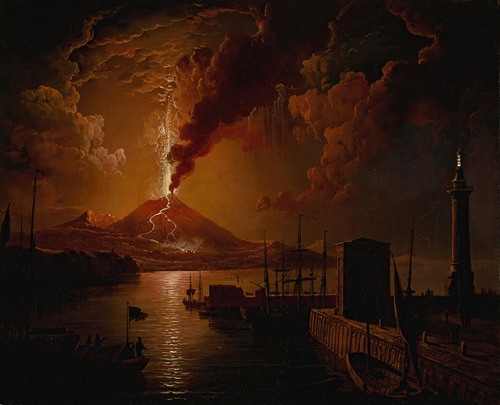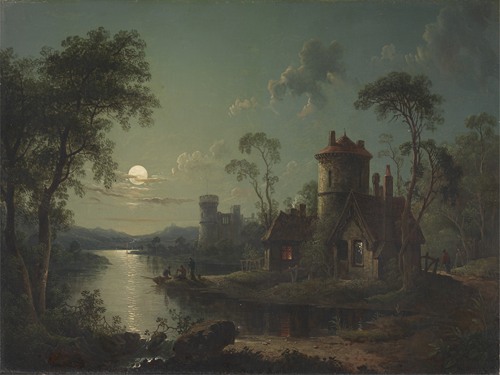
Sebastian Pether was an English landscape-painter.
The eldest son of Abraham Pether, he was a pupil of his father, and followed him in subject matter, but led a beleaguered life. Pether married young and had a large family of nine children, and had few opportunities to create commissioned works and his works were not often exhibited, forcing him to work for dealers to maintain a living. He was well-educated, and even claimed to have first proposed the idea of a stomach-pump to the surgeon Andrew Jukes. During the last years of his life he lost three children to consumption and another to lockjaw; his eldest son William became a mosaic artist. Pether died at Battersea of an inflammatory attack on 14 March 1844 at York Cottage, Battersea Fields, and a subscription was raised for his family. Charity was raised for his surviving daughter in a November 1876 issue of the London Times, who was said to be destitute after ruining her eyesight working as a needlewoman.
Pether's main works consisted in firelights, moonlights and sunsets. In 1814 Pether sent to the Royal Academy View from Chelsea Bridge of the Destruction of Drury Lane Theatre, and in 1826 A Caravan overtaken by a Whirlwind, a commission from John Fleming Leicester, who was his only patron. In the spring of 1842, three pictures which, with the help of a frame-maker, he sent to the Royal Academy, were rejected.

